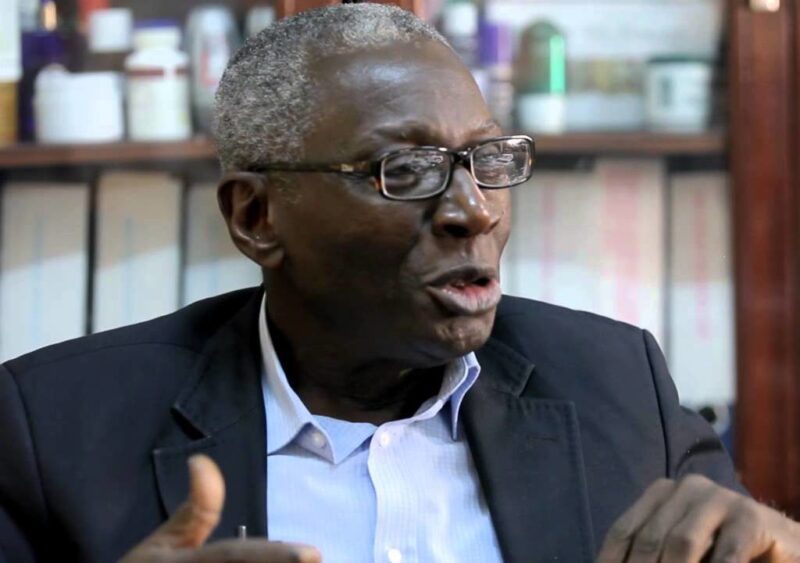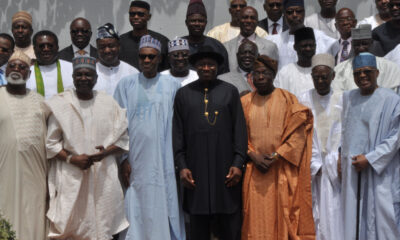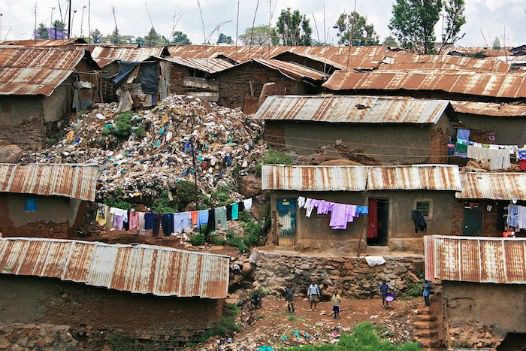Economic Issues
Naira: Redesign, redenomination or revaluation? -By Henry Boyo


Henry Boyo
The evident danger to public health from handling dirty, grimy and bacteria-laden naira notes in millions of transactions every day should spur government to reconsider revamping the present repulsive profile of the naira. The above title, which was first published in August 2013 in The PUNCH and Vanguard newspapers, examines the need for a stable, sustainable, and cleaner naira profile. Please, read on:
“In a recent interactive session with the House of Representatives Committee on Banking and Currency, the Governor of Central Bank, Lamido Sanusi, noted that if the plan to redesign naira notes last year was executed, ‘it would have made it impossible for counterfeiters to cook’. He further noted that best practice currency management was that, ‘Within a period of 5-8 years, you redesign the currency, after which counterfeiters tend to catch up with you’.
The question, which we may need to ask, however, is whether counterfeiting or redesigning is the most serious problem with our currency, particularly when Sanusi himself admits that In terms of what we see as counterfeit in the processing of naira notes, the percentage is very low!’ Indeed, the claim that it is also the best practice to redesign currency every five to seven years may not be supported by the relative longevity of currencies such as the pound sterling and the US dollar!
In practice, the more significant challenges to the current naira profile relate to the issues of unwieldy portability, the acrimony associated with shortage of change for small transactions, the inflationary push associated with product pricing, the rapid deterioration of both paper and polymer notes because of their high turnover rate and ultimately the reduction in naira’s purchasing power because of double-digit annual inflation rates and naira devaluation.
Indeed, it will be self-delusion to think that a mere redesign of the naira would counter or remediate these weaknesses!
Consequently, some analysts have suggested that redenomination/decimalisation would make the naira more portable, to also accommodate primary kobo coins, which would fill the huge gap for change in small transactions, and make very competitive pricing of consumer products more practical, to possibly, also restrain inflation!
Instructively, redenomination is the simple process of changing the nominal value of a currency by moving the decimal point. For example, if the naira is restructured by two decimal points, then, N1000, which is presently the highest in our currency profile, will be replaced by a N10 denomination. Similarly, existing N100 note will become N1. Consequently, the new N1 denomination can then be fabricated as a coin, and still have the same purchasing value as the old N100 note. Similarly, the present N50 would become a 50Kobo coin, while the current N10 will become 10Kobo coin, so that the old N1 will become 1Kobo. Incidentally, with such redenomination, the N5000 note proposed by Sanusi would become just N50.
In this manner, a redenominated currency profile would increase the purchasing power of coin denominations and still make them portable and attractive for settling transactions and for the ready provision of change.
Furthermore, consumer products can also become more competitively priced in steps as low as plus or minus 1Kobo, rather than the for example unusually wide leap of N5 or more, as with ‘pure’ water sachets, because of inconvenient portability and the public’s rejection of primary coins.
Instructively, nonetheless, the advantages of redenomination may however be short-lived, if the abiding economic instigators of inflation are not adequately tackled. For example, the Ghanaian currency, the Cedi, was redenominated by four decimal points, just over five years ago (2007), such that the old ¢10,000 became just one new Ghana cedi and exchanged for almost US$1.2. However, since the root causes of Ghana’s average annual inflation rate of about 15 per cent remained unresolved, the cedi inevitably depreciated, sadly, by over 50 per cent to Gh¢1.8=US$1. Post script: (2018-GH4.4=US$1).
From the above discussion, it will be clear that neither redesigning nor redenomination of a currency completely satisfies the critical composite qualities of portability, safe store of value and general acceptability as a medium of exchange.
Consequently, this writer has consistently advised, for well over a decade, that the issue of value is the major problem with naira profile. For example, a much stronger naira value, just like redenomination, would make primary kobo coins more valuable. However, if the root causes of our economy’s incurable double-digit annual inflation rates remain unresolved, the purchasing power of the redenominated naira would also become rapidly eroded, to make the naira a poor store of value, as is sadly presently the case with the Ghana cedi!
Some analysts have, however, argued that the naira value cannot be enhanced or improved until we have diversified our economy and produced more, to earn additional export revenue. Instructively, however, a diversified economy can never evolve without liberal access to cheap funds, at rates which do not exceed five to six per cent for productive investments, while the naira exchange rate must also become much stronger, so that the cost of importing critical raw materials required to sustain industrial expansion will inversely become cheaper.
Regrettably, such benign enabling climate will never be possible, and our processed products will hardly be competitive against imports, so long as Nigeria’s economy remains besieged by the unyielding threat of surplus cash, which according to the CBN Governor, in a recent statement, ultimately predicates the crazy reality of government borrowing back its own funds at 13-14 per cent, while cost of funds for job creating productive investments remains disenabling at over 20 per cent, with inflation, still largely untamed at well over 10 per cent.
Instructively, the creation or substitution of humongous naira sums as replacement for the monthly allocations of dollar-derived revenue, undoubtedly creates the unyielding burden of surplus Naira liquidity, (which must be sterilised from use to restrain inflation), the perceived naira surplus also compel the conscious manipulation of the balance of demand and supply of the naira in favour of the dollar, in the forex market. Thus, this systemic paradox of a weakening naira even when reserves are relatively bountiful, would ultimately make our currency less desirable to hold as a safe store of value.
For these reasons, the naira has unexpectedly depreciated as our dollar reserves climbed from less than $4bn in 1996 to well over $50bn in recent years. Consequently, in order to appropriately realign the naira/dollar exchange rate with market demand and supply, dollar certificates should be adopted for allocations of dollar-denominated revenue, rather than recklessly, consciously, creating naira replacements, which fuel the systemic ‘sickness’ of surplus/excess naira supply. The evolving market redress of more dollars chasing naira, with such a payment reform, will provide a platform for a stronger naira/dollar exchange rate, and also make the naira a currency of choice.
A much stronger naira will ultimately also make primary kobo coins more valuable and portable for transactions. In retrospect, there is no sensible explanation why naira should exchange for N80=$1 between 1996 and 1998 with barely reserves to pay for four months imports, while the naira currently exchanges for N160=$1 (2013) despite the reported over 12 months’ imports demand cover!
Furthermore, the adoption of dollar certificates will also better manage the existing systemic naira liquidity that, invariably, continuously fuels inflation to compel the folly of the CBN borrowing trillions of naira that it does not need, at recklessly high and crazy interest rates, when those investment which will create more jobs are denied access to fund with single-digit interest rates.”
February 2018 Postscript: In deference to government’s failure to successfully tackle the root causes of inflation, the Ghana Cedi has since collapsed from ¢1=$1.1 in 2007 to ¢4.4=$1 i.e. 44000 old Cedis in February 2018.
In conclusion, neither currency redesign nor redenomination can sustainably accommodate the precious values of acceptability, portability and safe store of value, especially when the threat of double-digit inflation rates still subsists.



















